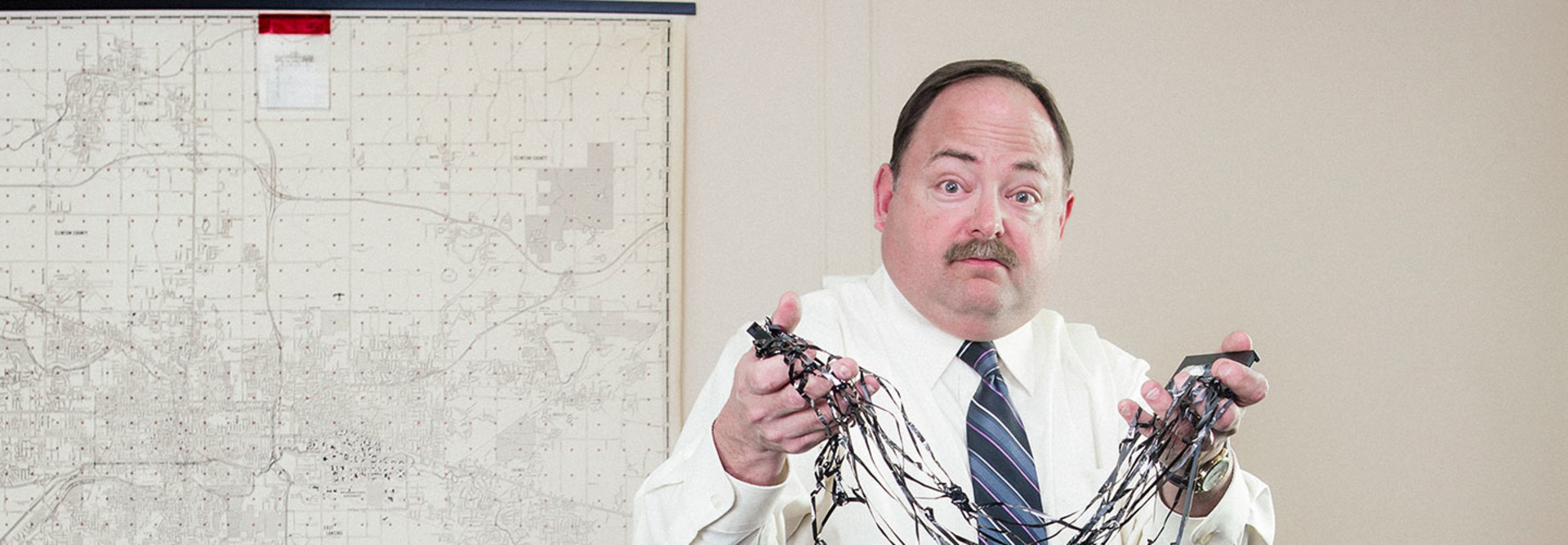Governments Deploy Purpose-Built Backup Appliances
Four years ago, the IT staff for the city of Lansing, Mich., knew something had to change when they discovered that their backup success rate was only about 65 to 70 percent.
“That was unacceptable,” says CIO Eric Tumbarella. “We were running multiple backup systems and manually carrying tapes to a backup facility in another building.”
The IT department sought a single system to automate backups and offer a dashboard to indicate progress. After researching options, the city IT department chose Symantec’s NetBackup purpose-built backup appliance, and the team deployed it in late 2013. “Our backup success rates are in the high 90s today,” says Tumbarella. “While there are occasional minor failures, we have yet to have a major restore issue.”
Lansing also reports several other benefits from the NetBackup appliance, including flexibility and cost savings.
For example, the IT department can back up static data once and then run incremental backups, but back up transactional data as frequently as once an hour.
Tumbarella says the city saves $10,000 per year by migrating away from tape, which was expensive to maintain. “The main idea for us was to eliminate the use of tapes,” he says. “We’re just so much better off with backups than we were a few years ago.”
Liz Conner, research manager for IDC’s storage systems and software research practice, says most organizations use a purpose-built backup appliance to transition from tape. “IT departments get the higher reliability and faster response times of an enterprise storage system optimized for quick backup and recovery,” she says. “They also benefit from other integrated features, such as deduplication and compression.”
The percentage of organizations surveyed that, by 2017, will have replaced their remote-office tape backup with a disk-based backup solution that incorporates replication, up from 30 percent today
SOURCE: Gartner, “Magic Quadrant for Enterprise Software and Integrated Appliances,” June 2014
Tale of the Tape
Doug Oliver, senior technical support analyst for Washington County, Md., says the county opted for two Unitrends Recovery-823 backup appliances because the cost of tape had become prohibitive.
Instead of performing master backups every week, the Unitrends system completes a full backup at the beginning of the week and performs incremental backups every night.
“Now, I just set it up and check it once a day to make sure it’s running properly,” Oliver says. Washington County can also easily add a virtual server to the backup. Oliver says that task previously took an hour and now can be done in 10 to 15 minutes. Along with greatly reducing maintenance time, the Unitrends appliances also ease the process of data restoration.
With tape, an IT manager would need to find the tape and manually load it into the system. Now, he or she can perform a search and find the file in the Unitrends directory.
“It lets us put the data back into the hands of our workers much faster,” Oliver says.
The Right Price
Cost savings was also a major factor in Georgia’s adoption of IBM’s Tivoli Storage Manager. Steve Nichols, chief technology officer for the Georgia Technology Authority, says the IT service organization outsources backup to a third party. Rather than incurring the capital expense for equipment, the state pays for the service by the gigabyte.
Moving to a Tivoli purpose-built backup appliance also helped streamline backup operations. In the past, the various agencies ran their own backups but that’s now all done from the main data center over a single storage area network. “When you consider that we support 40,000 users across 14 large agencies and another 1,200 smaller government entities statewide, we were able to eliminate a lot of redundancy,” Nichols says.









